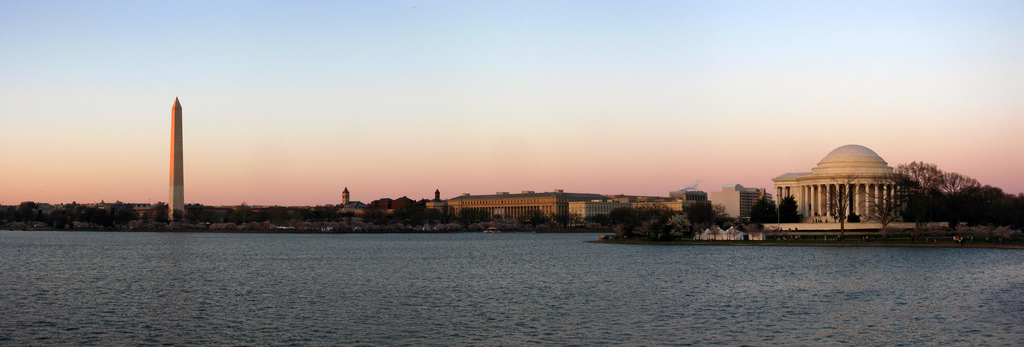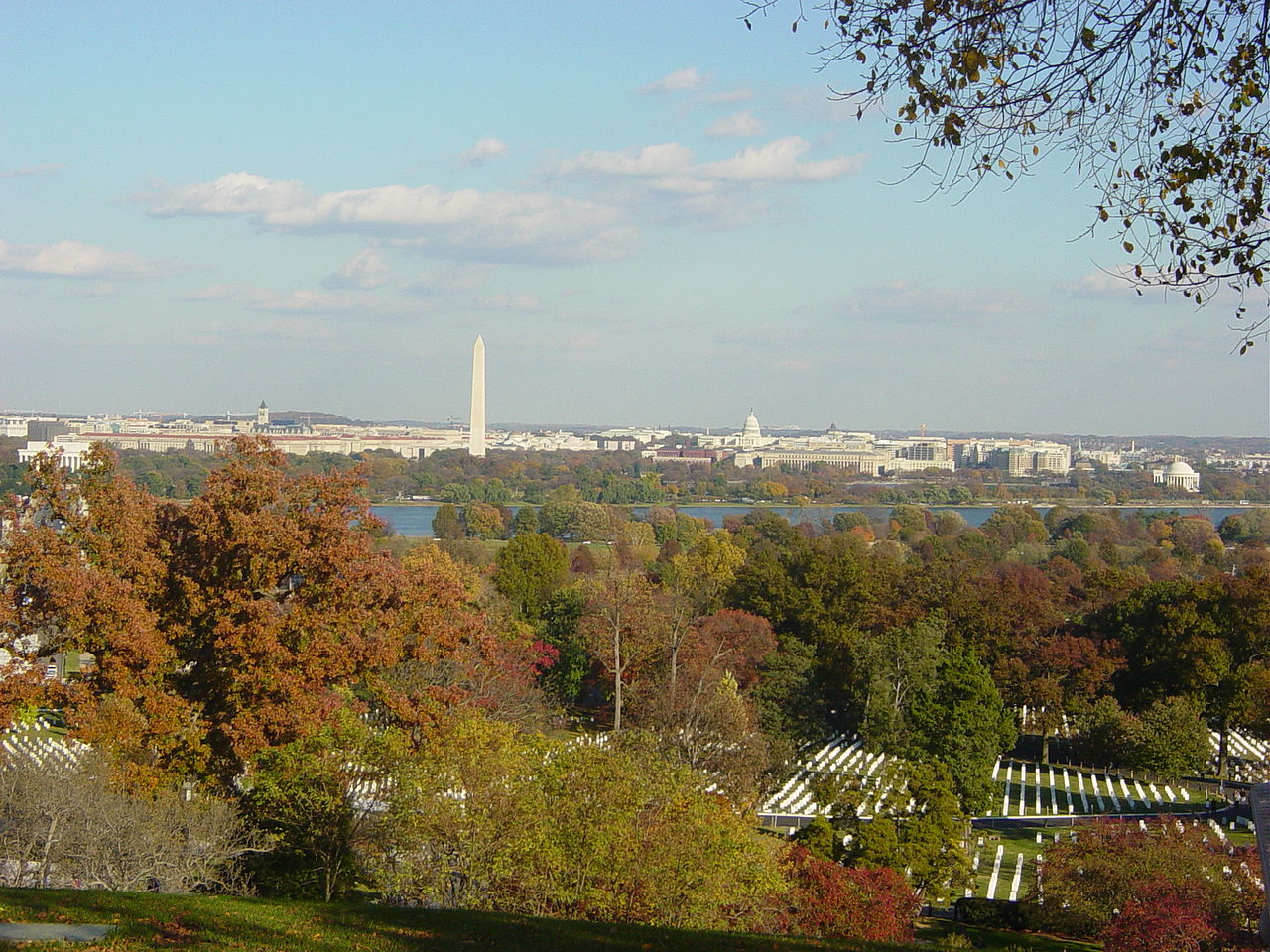When you visit our nation’s capital, you expect to see the Washington Monument, the Capitol building, the White House, and other D.C. landmarks. While the District of Columbia is known for its history and collection of unique architecture, many don’t realize that the city continues to evolve. In fact, D.C. has changed in the just the past decade with new development projects and some rejuvenation efforts.
Change often invites controversy, and those inside the beltway are no stranger to debate. Whether the issue is modern vs. classic, residential vs. commercial, or building height, there is much to decide. Here is how Washington D.C.’s skyline has evolved over the past decade and a look at the most glaring D.C. development controversy.
U.S. Capitol Dome Restoration
The iconic dome that sits atop our nation’s capital building was constructed 150 years ago. The building and its dome have survived a civil war, a major earthquake, as well as over a hundred years’ worth of sun, snow, and wind.
This National Historic Landmark became threatened by water leaks, rust, and just general deterioration in recent years, which prompted an extensive restoration project that began in 2013. The restoration project on the Capitol dome was completed, ahead of schedule, in October 2016. This recent renovation is expected to leave the dome in good shape for the next 75 years.

Washington D.C.’s Height Act
If you’ve visited Washington D.C., you may have noticed that the city doesn’t have a skyline riddled with skyscrapers like some other major U.S. cities. This is both by design and according to some controversial legislation. The D.C. Height Act was passed in 1899 and limits the height of buildings in the city to just 110 feet. The original intent of the law was to keep D.C. residents safe since fire crews were still advancing their methods in the late 1800’s and the skyscraper was a new phenomenon in cities.
While some appreciate the aesthetic effect of the rule, the economic consequences have brought forth many opponents to the act. Obviously, the nation’s capital is a center for government as well as some businesses. The height restrictions have lessened available office and living space in Washington D.C., which has boosted commercial and residential rents. As it is today, the U.S. Capitol and the Washington Monument remain the tallest buildings in the city.
While there are many historic neighborhoods in D.C. worth saving and preserving, there are also areas that could be developed on a grand scale. With the Height Act regulations still in place, developers are limited in their project scopes. For example, between 2005-2015, the city only granted 25,00 building permits, which is a small number for a city of over 650,000 residents.
Transformative Projects Inside the Beltway
There are building and development taking place inside the beltway, despite the constraints of the Height Act. For example, Square 54 is a new complex located at 2200 Pennsylvania Avenue. This three-building complex consists of a residential building for George Washington University as well as commercial space.
Just one block from the White House at the corner of H and 17th Streets sits the new Lafayette Tower building. This new energy-efficient building was the first in D.C. to receive the LEED CD Platinum certification.
There are several new hotels as well. The Marriot Courtyard Washington is located in NoMa (North of Massachusetts). This “stubby” skyscraper provides views of the Capitol as well as world-class amenities. The Marriott Marquis is closer to the Walter E. Washington Convention Center and Penn Quarter. This new hotel has 1,175 guest rooms as well as over 100,000 square feet of meeting space.
Even though D.C.’s height restrictions are preventing some areas from urbanizing and pushing rents to some of the highest rates in the nation, progress continues. There remain “dead zones” in the city that seem to await changes to the antiquated building height rules, but other areas are squeezing in progress and rejuvenation wherever they are able.



